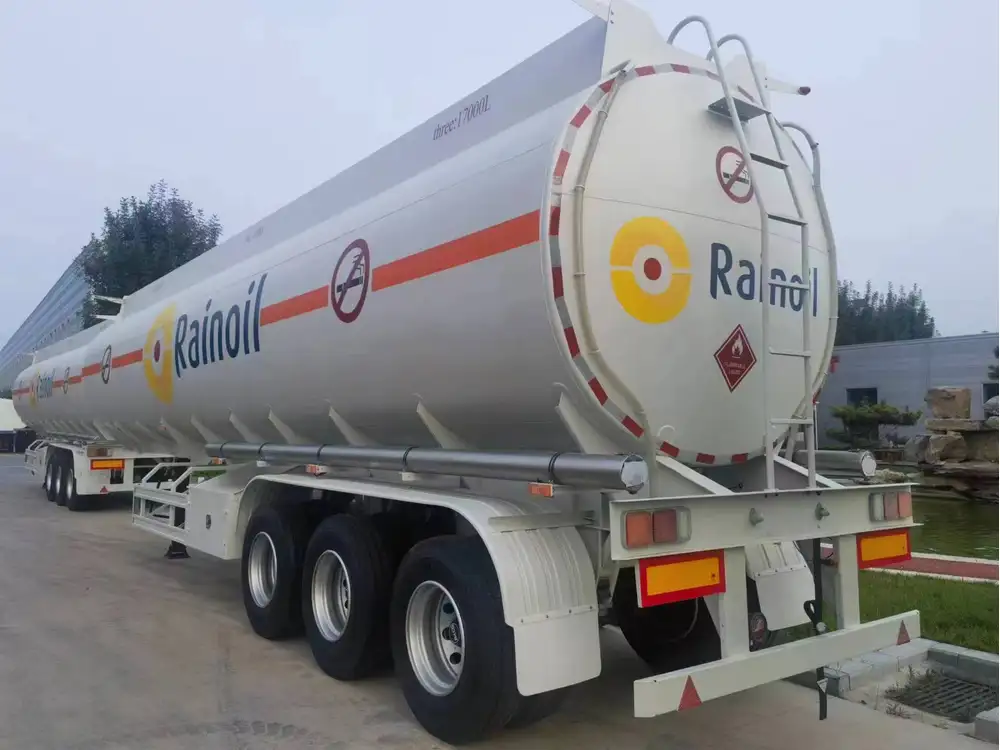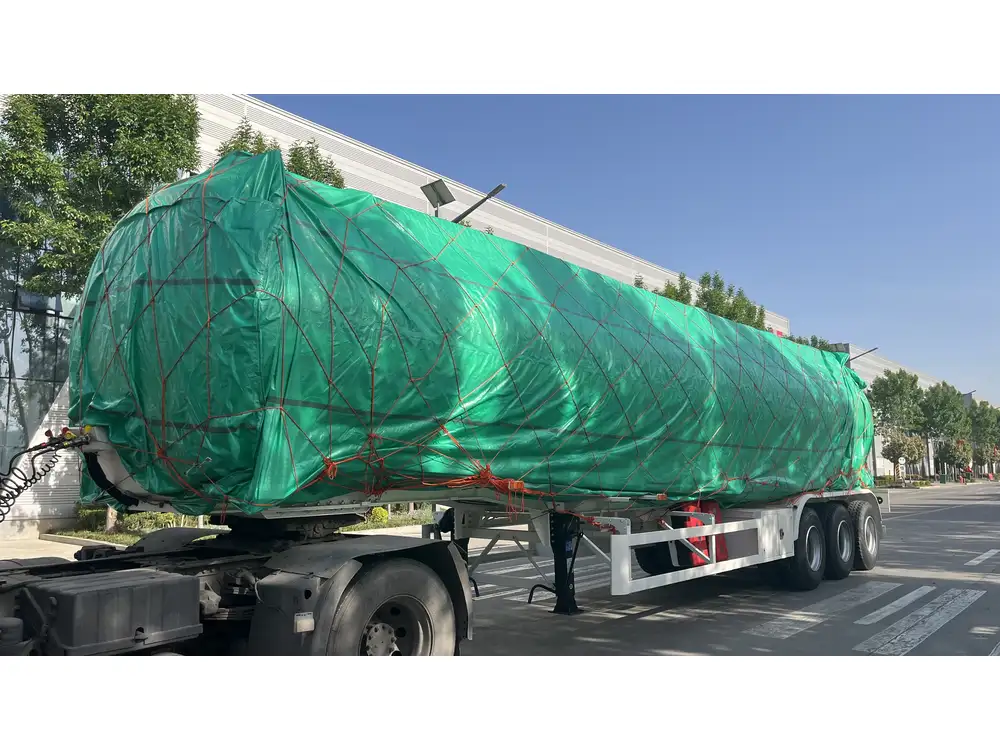When perched atop a flatbed trailer, the height can significantly affect loading, unloading, and overall operation. Gooseneck trailers, known for their versatility, present unique measurements that are paramount for safe and effective utility. In this guide, we will delve into various aspects of gooseneck trailer flatbeds, focusing on their height, implications for transport, and best practices for selecting the right one.
What is a Gooseneck Trailer?
A gooseneck trailer is a type of towed vehicle that features a coupling mechanism connected to the tow vehicle via a hitch that sits inside the bed of the truck. This design allows for better weight distribution and stability while towing heavy loads. Gooseneck trailers are particularly popular among manufacturers, construction companies, and agricultural operators due to their enhanced towing capacity.
Advantages of Gooseneck Trailers
| Advantage | Description |
|---|---|
| Increased Stability | The gooseneck design allows for a more stable towing experience, especially with heavy loads. |
| Higher Load Capacity | They typically have a higher weight rating than conventional trailers, allowing for bigger payloads. |
| Greater Maneuverability | The pivot point located over the axle enables easier maneuverability in tight spaces. |
| Versatile Uses | Gooseneck trailers can be used for various applications, including transporting livestock, machinery, or construction materials. |

How Tall is a Gooseneck Trailer Flatbed?
The height of a gooseneck trailer flatbed can vary based on several factors, including the trailer design, type, and even manufacturer specifications. However, the standard height for a gooseneck trailer flatbed generally ranges between 24 inches to 30 inches from the ground. This measurement is taken at the front of the trailer, where it connects to the gooseneck hitch.
Factors Affecting the Height of Gooseneck Trailers
Coupler Height: The height at which the trailer connects to the tow vehicle can create variances in overall height. It is important to ensure that the coupler height matches that of your towing vehicle to maintain a level load.
Bed Design: Different designs can lead to variance in height. For instance, a drop deck design may have a lower deck height compared to a standard flatbed design.
Tire Size: The size of the tires can also influence the height. Larger tires can raise the overall height of the trailer while also affecting clearance.
Load Height: The height of the load being transported can affect the trailer’s usable height. Considerations must be made to avoid potential issues with overhead clearance.
Calculating Total Height
To compute the total height of a gooseneck trailer while loaded, consider the following formula:
[ \text{Total Height} = \text{Flatbed Height} + \text{Load Height} ]For example, if a flatbed trailer is 30 inches high and you load equipment that is 36 inches tall, the total height would be 66 inches.

Optimal Height Considerations
When selecting a gooseneck flatbed, consider how the height will affect:
- Loading Mechanics: Will you be using ramps, or is a forklift involved?
- Road Clearance: Ensuring the entire setup remains compliant with bridge laws and low clearance areas.
Best Practices for Selecting a Gooseneck Trailer
Choosing the right gooseneck trailer is crucial for operational efficiency. Below are key considerations for selecting the ideal gooseneck trailer for your needs:
1. Assess Your Vehicle’s Capacity
| Parameter | Recommendation |
|---|---|
| Towing Capacity | Verify the maximum towing capacity of your truck. Ensure it exceeds the weight of the loaded trailer. |
| Hitch Type | Confirm compatibility of the gooseneck hitch with your vehicle. |

2. Evaluate Your Needs
| Use Case | Suggested Trailer Type |
|---|---|
| Heavy Machinery Transport | Low-profile gooseneck with ramps |
| Agricultural Equipment | Standard flatbed design |
| Livestock Hauling | Enclosed gooseneck trailer |
3. Choose the Right Deck Height
| Height Requirement | Application |
|---|---|
| Low Deck (10-20 inches) | Ideal for loading equipment easily |
| Medium Deck (24-30 inches) | General use for mixed loads |
| High Deck (>30 inches) | Specialized big cargo loads |
4. Consider Additional Features
- Ramps: For easier loading and unloading.
- Side Rails: To provide more secure transport.
- Tire Size: Larger tires for off-road capability.

Safety Considerations
When using a gooseneck flatbed trailer, safety cannot be overstated. Incorporating the following practices can enhance safety during towing:
- Regular Maintenance: Regularly check and maintain brakes, lights, and couplers.
- Load Distribution: Always ensure that the load is distributed evenly across the trailer to prevent swaying.
- Proper Securing of Loads: Use appropriate straps and ties to secure items, preventing shifting during transport.
Common Misconceptions About Height Regulations
Many users may assume that the maximum allowed height for trailers is similar across all states or regions. However, regulations can vary significantly, impacting decisions based on routing and planning.
Key Height Regulations
| Region | Max Trailer Height |
|---|---|
| Federal Guidelines | 13.5 feet |
| State-Specific Laws | Varies by state (e.g., California = 14 feet) |
Always verify local laws before embarking on long-haul trips to avoid hefty fines or detours.

Wrap-Up
In the ever-evolving landscape of logistics and transport, understanding the specifications of gooseneck trailers, particularly their height, is invaluable. By grasping the optimal dimensions, calculating load heights efficiently, and adhering to safety practices, users can develop a more practical approach to trailer use, ensuring that the experience is as seamless as possible.
With the heightened demand for versatility and efficiency, selecting the right gooseneck trailer can lead to significant improvements in both operational efficiency and client satisfaction. Each decision, from height to load distribution, plays a vital role in the overall success of transport operations. Whether you need it for commercial, agricultural, or recreational purposes, a well-chosen gooseneck trailer can yield substantial dividends in productivity and safety.



